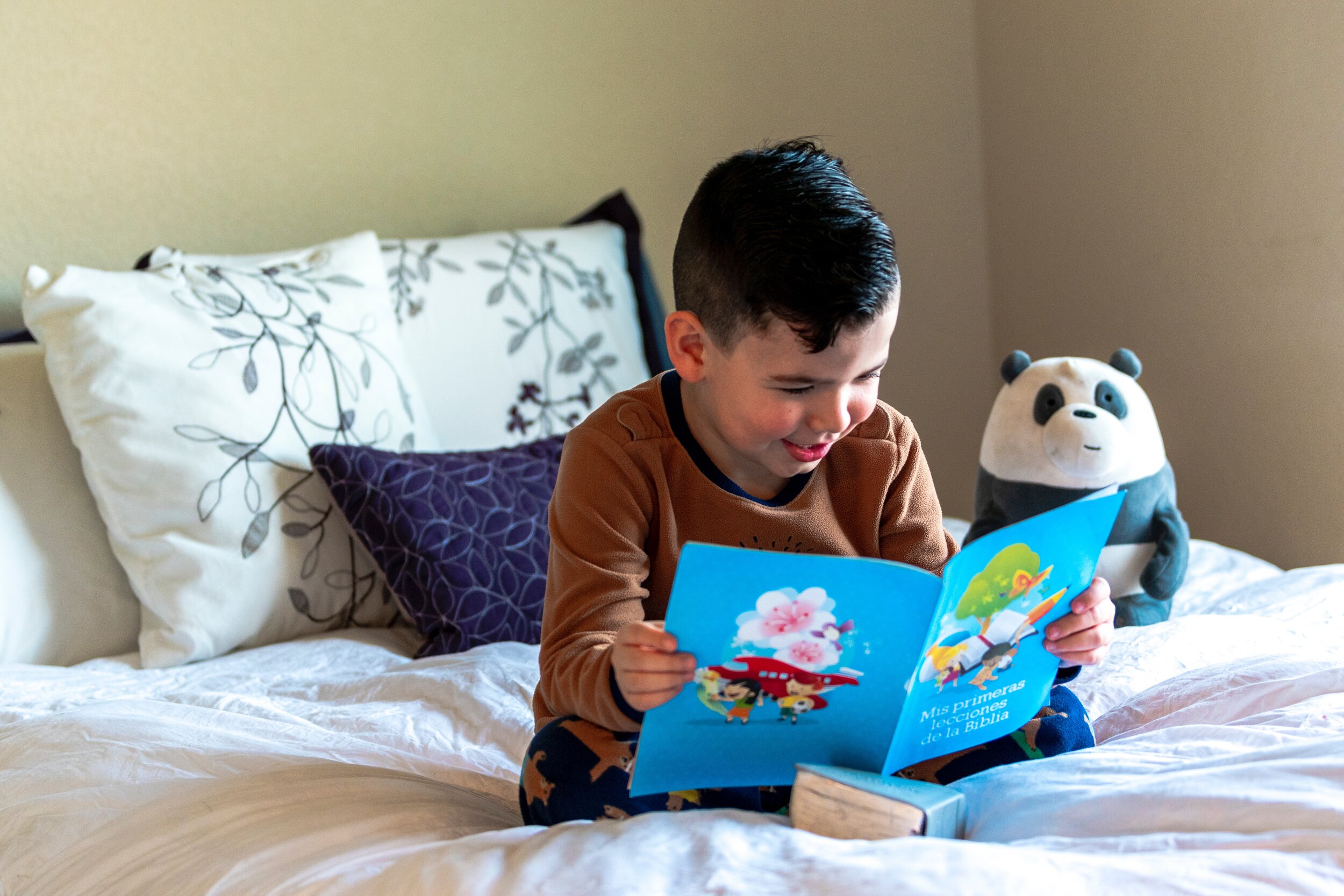Indoor Nature Study Activities in the Early Years
In Home Education, Charlotte Mason shares:
“It is infinitely well worth the mother’s while to take some pains every day to secure, in the first place, that her children spend hours daily amongst rural and natural objects.”
This is not going to look the same in every home, but we know it is of great importance, so here you will find suggestions on how to implement time amongst natural objects.
The list and ideas below are well suited for families with young children (birth to 8 years of age). For outdoor nature study activities click here.
Ideas for Indoor nature time
Bird watching. Choose a window and put out bird feeders. Place binoculars and a bird guide at the window and enjoy!
Tree study. Choose a tree that is easily seen from a window. Adopt it! Every season draw the tree in your nature journals. Have your kids talk about what they see, identify the tree, etc. Check out our blog post for Learning About Trees.
Nature Lore. Read (or listen to) one of the Burgess books during a meal or snack. Have children draw a picture of the animal or bird described.
Choose one of The Peaceful Press Nature Guides to complete.
Make pinecone bird feeders. Coat pinecones in peanut butter and roll in bird seed.
Flower experiment. Collect several flowers by cutting them at the base of the stem. Drop food coloring into 1 cup of water and insert one flower. Sketch and discuss observations.
Create a nature sensory bin.
Bring in nature finds from walks and create a nature table.
Journal items on your nature table. Practice looking carefully using a magnifying glass or microscope. Practice categorizing using correct terms and researching in books.
Read nature themed picture books. Get our full list of Nourishing Nature Kindergarten books here!
Make a weather log.
Create a rain gauge and place it near a window so you can observe the measurements from indoors.
Put oranges and fresh watermelon in a shallow dish for butterflies and set outside a window.
Raise butterflies indoors.
Get a pet fish and study of fish natural habitat it lives in.
Incubate eggs
Bird count. Spend ten minutes observing out a window and count how many birds you see. Make it more challenging by identifying your backyard birds and keeping a count of each type.
Ladybug or ant farm
As you can see, studying nature can be as in depth or as low key as needed based on your children’s age and ability levels. There truly isn’t any reason not to enjoy nature study, and there are so many reasons why it is delightful and beneficial. Happy exploring!




